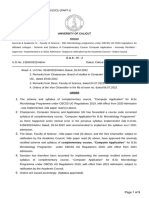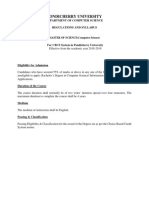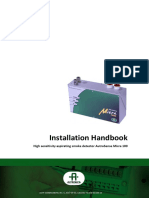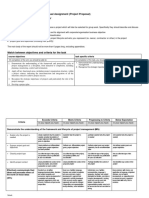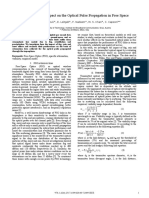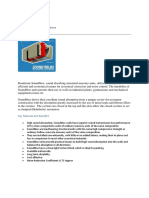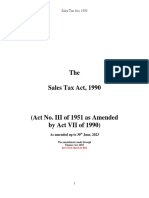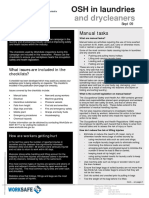0% found this document useful (0 votes)
87 views4 pagesIII - CC11 - Practical Data Science Lab
The document outlines the syllabus for the B.Sc. in Computer Science (Artificial Intelligence and Data Science) under the CBCS pattern at Periyar University for the academic year 2023-2024. It details the courses, credits, and learning objectives for the third and sixth semesters, including core subjects such as Ethics of Artificial Intelligence, Database Design and Management, and Robotic Process Automation. Additionally, it includes practical lab work and elective courses, totaling 140 credits for the program.
Uploaded by
kamalaveniCopyright
© © All Rights Reserved
We take content rights seriously. If you suspect this is your content, claim it here.
Available Formats
Download as PDF, TXT or read online on Scribd
0% found this document useful (0 votes)
87 views4 pagesIII - CC11 - Practical Data Science Lab
The document outlines the syllabus for the B.Sc. in Computer Science (Artificial Intelligence and Data Science) under the CBCS pattern at Periyar University for the academic year 2023-2024. It details the courses, credits, and learning objectives for the third and sixth semesters, including core subjects such as Ethics of Artificial Intelligence, Database Design and Management, and Robotic Process Automation. Additionally, it includes practical lab work and elective courses, totaling 140 credits for the program.
Uploaded by
kamalaveniCopyright
© © All Rights Reserved
We take content rights seriously. If you suspect this is your content, claim it here.
Available Formats
Download as PDF, TXT or read online on Scribd
/ 4











